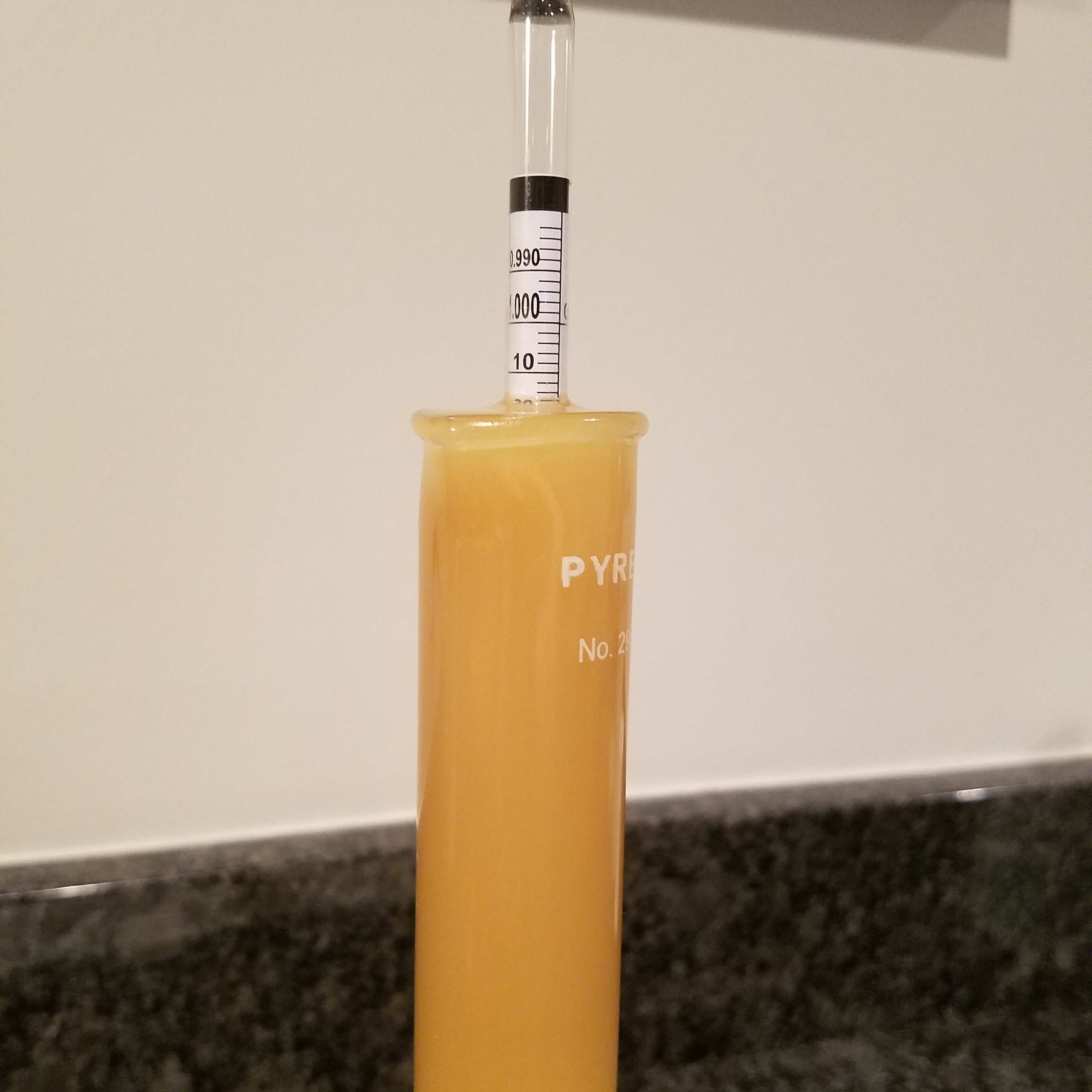Matt_man
Active Member
- Joined
- Sep 19, 2014
- Messages
- 34
- Reaction score
- 2
I think I am going to give this style a try and bottle it as well (maybe throw a prayer or two to whichever deity you choose for me fellow homebrewers?)
Anyways, I am going to try to use what I have on hand.
80% 2 Row (Rahr)
18% White Wheat
2% Honey
Does anyone foresee any issues with this? Stopping by the store and getting some quick oats wouldn't be a problem but I don't use it that often.
Finally getting around to making this tomorrow but I am stumped on which hops I should go with.
I have a pound each of Cascade, Columbus, Simcoe, Amarillo, and Citra to play around with. Having never made this style before I am hesitant to go all Citra. Maybe 1oz each of Simcoe/Amarillo/Citra for each addition? Or maybe 2:1 Citra/Amarillo? I have a bit of Nugget lying around I could bitter with but I was also thinking that Columbus might be better suited. Does anyone have any thoughts?



































![Craft A Brew - Safale S-04 Dry Yeast - Fermentis - English Ale Dry Yeast - For English and American Ales and Hard Apple Ciders - Ingredients for Home Brewing - Beer Making Supplies - [1 Pack]](https://m.media-amazon.com/images/I/41fVGNh6JfL._SL500_.jpg)

























